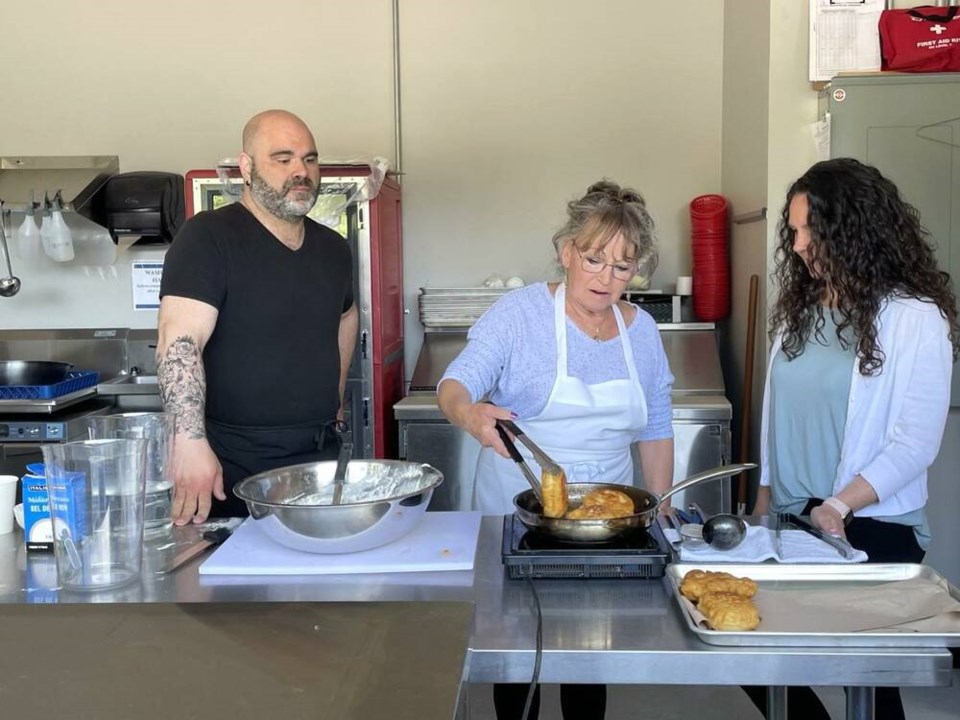For the past few months, I have been organizing the Change-Makers Gathering Festival that was held on Saturday at Starlight Stadium.
(Due to deadlines, I am writing this column before the event occurred, so I hope it went well.)
The festival was held early in June to acknowledge Indigenous history month and create a safe space for people to come together.
On almost a daily basis, I have people tell me they want to build relationships with Indigenous communities and support Indigenous people and are not sure how to start. I let people know that relationships cannot be formed if people come in with the intention to “help” Indigenous people. It needs to start as equals.
The festival was a platform for connection and creating an opportunity for understanding.
We had free drum-making workshops, free cedar-weaving workshops, and free Indigenous drawing instruction, all by local Indigenous knowledge keepers. Through these experiences, people leave with more than a drum, cedar rose or image they drew.
Every time I’ve organized an event for Indigenous Peoples Day or Indigenous History month, I feel strongly that we should find a way to offer food for free.
For Change-Makers Gathering Festival, I received sponsorship from FortisBC to cover the cost of the food. Carmen Driechel, from FortisBC, had asked if we could find a way to offer Indigenous food.
We brainstormed and settled on “Indian tacos” — the name is common in Indigenous households, and it is not a “traditional” food, but a coveted cultural food. For the festival, we called them bannock tacos.
Bannock tacos are a celebratory treat for casual occasions in many Indigenous communities and homes, which could include a birthday dinner or community fundraiser.
During the planning process, when I was sharing this concept with people, many people had never had a bannock taco, or heard of them.
For the readers, a bannock taco is a piece of fry bread topped with chili, shredded cheese, lettuce, tomato, onion, salsa and sour cream. It’s a treat that Indigenous communities across North America enjoy.
For the festival, the stadium’s food and beverage team was required to prepare and cook the food, and FortisBC employees assisted with tickets and toppings.
We wanted to make sure this was done in a way that demonstrated honour and respect for Indigenous culture.
Instead of giving the team a recipe to follow, I asked around for a bannock-maker who might want to share their knowledge. On a trip to T’Sou-ke First Nation, I asked about bannock-makers.
I was told that Daphne Underwood made the best bannock, so I was connected with her.
On a Sunday morning near the end of May, Daphne drove from T’Sou-ke First Nation to Langford, put on an apron and gave a bannock lesson to representatives from Langford, FortisBC and M’akola Housing Society.
After the lesson, the team readied themselves for making 1,250 pieces of bannock for the festival.
Things like this do take a little bit of extra time and planning. It would have been easier to ask for a recipe, but bringing in an elder to share their knowledge and teachings was far more meaningful.
There is a fine line between admiring something, and appropriation, and everyone is a critic. It’s worth taking the extra step and asking questions, and if someone is willing to share their story, experience or way to prepare a cultural dish, it is more than just a lunch.



